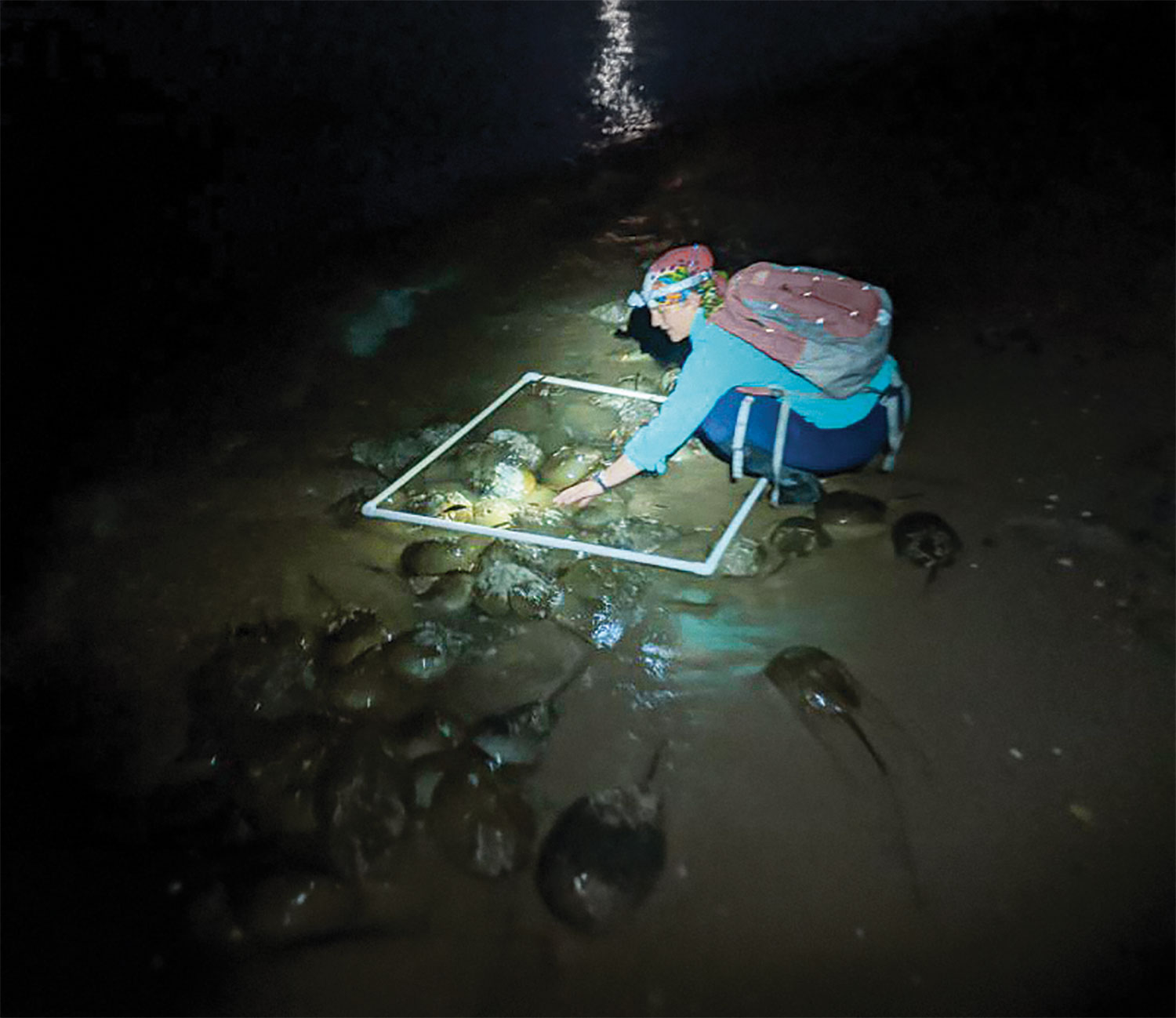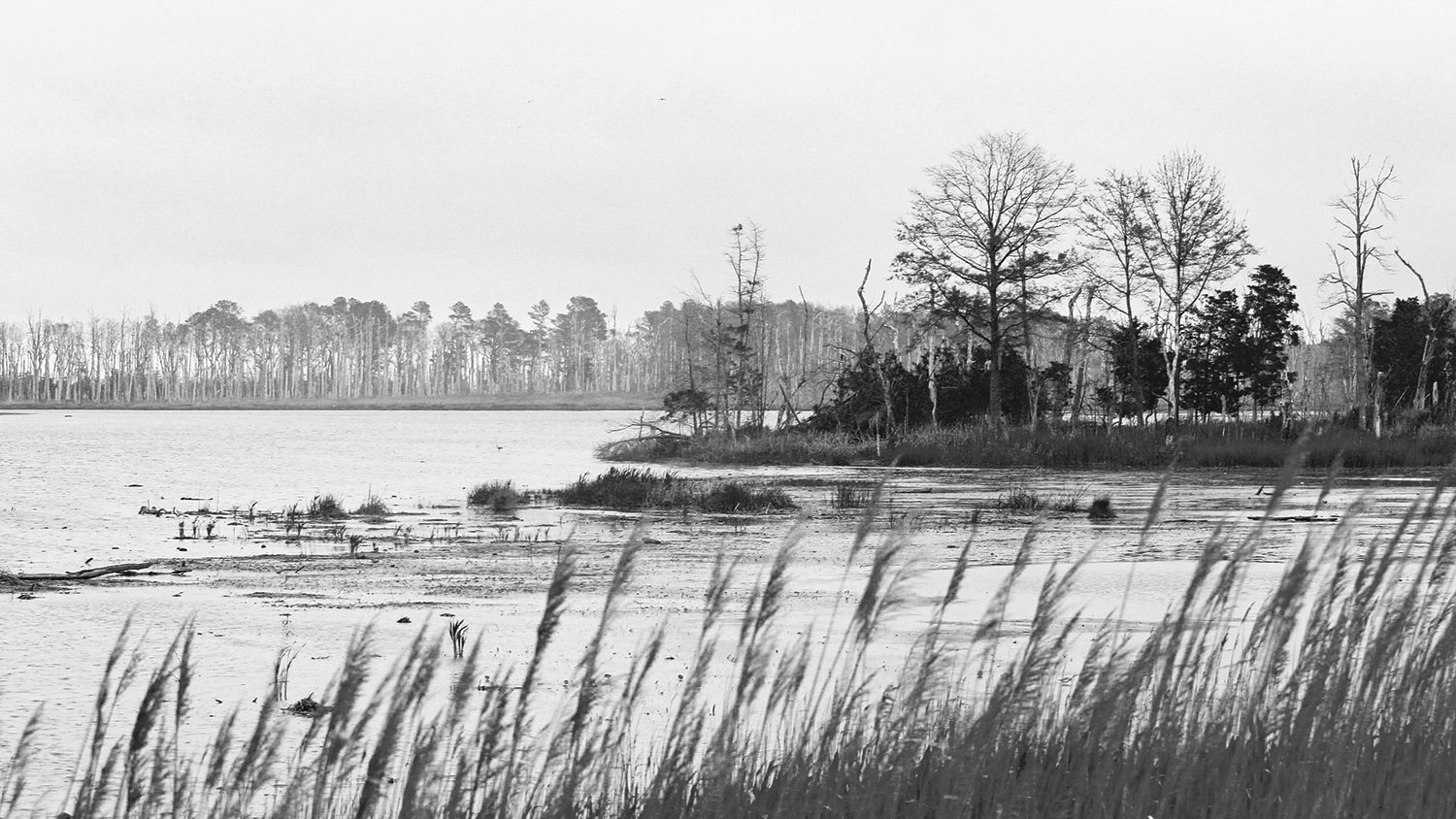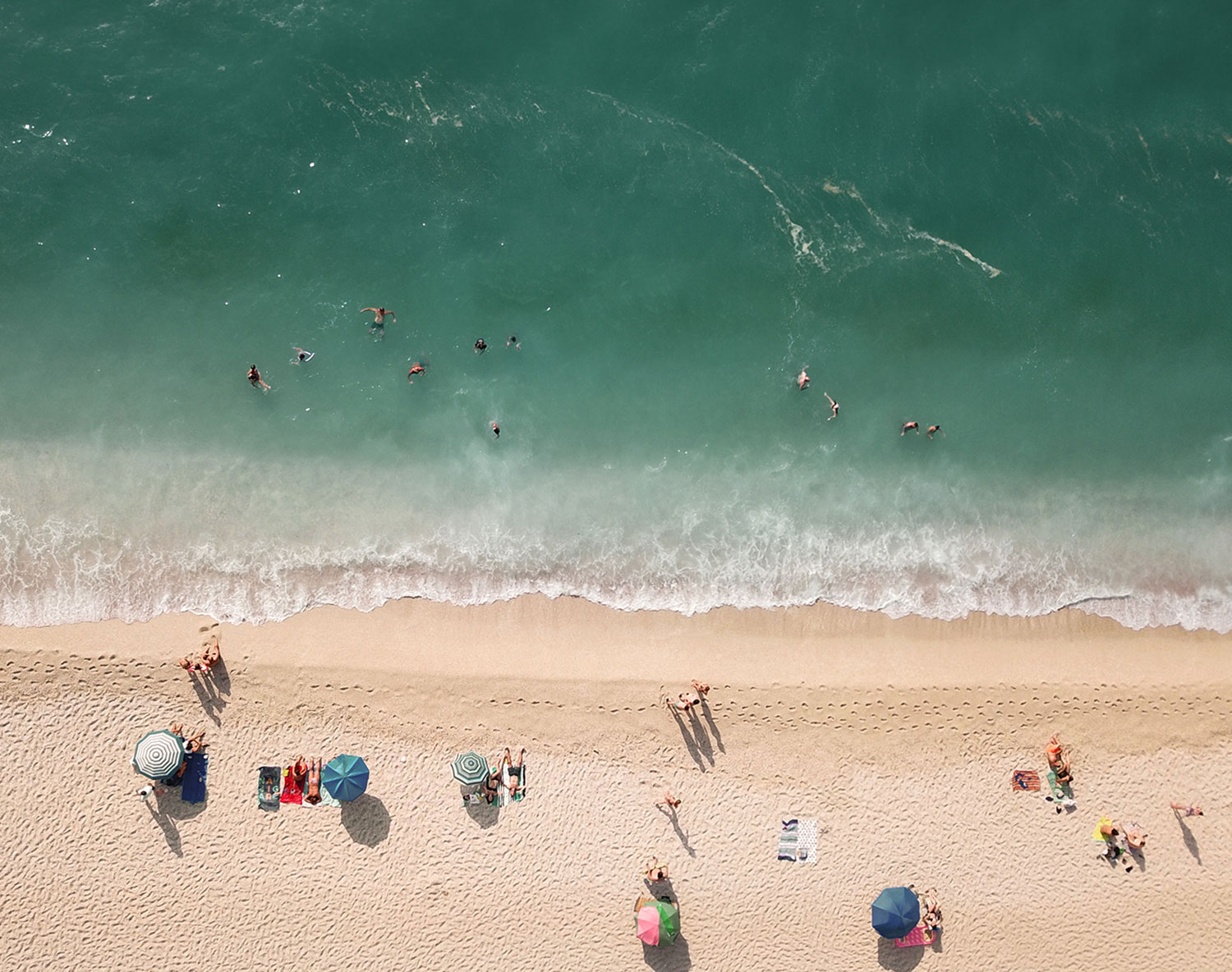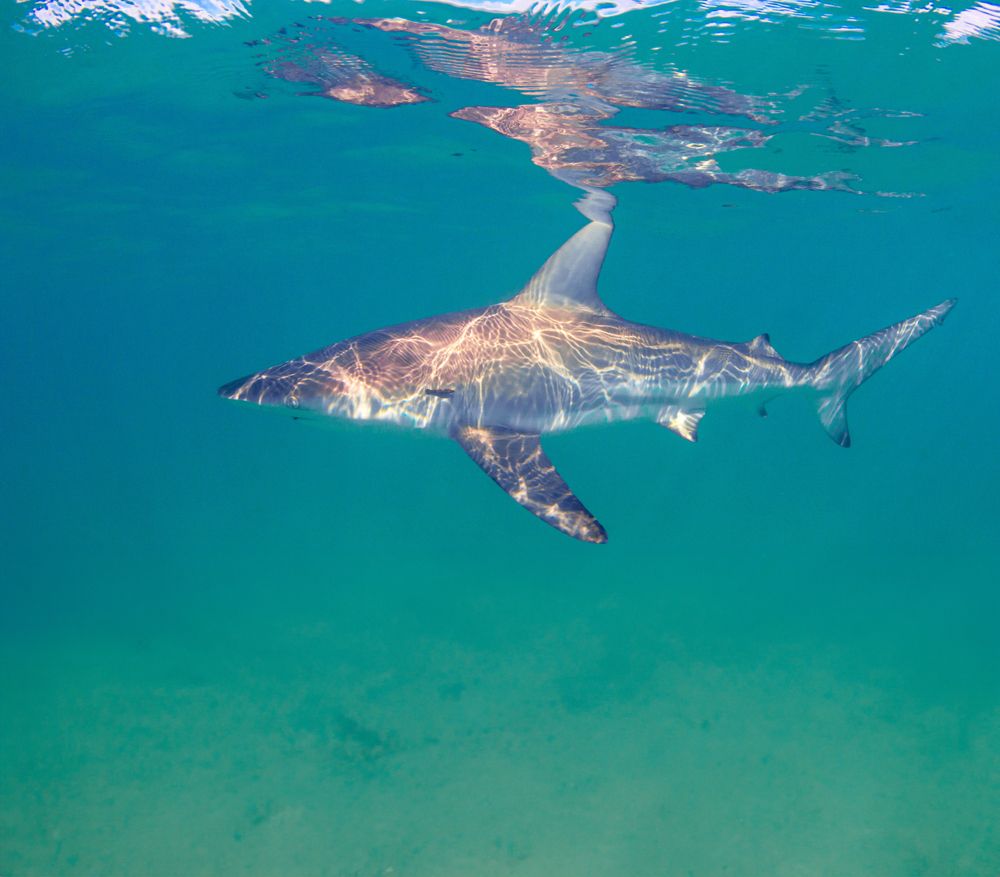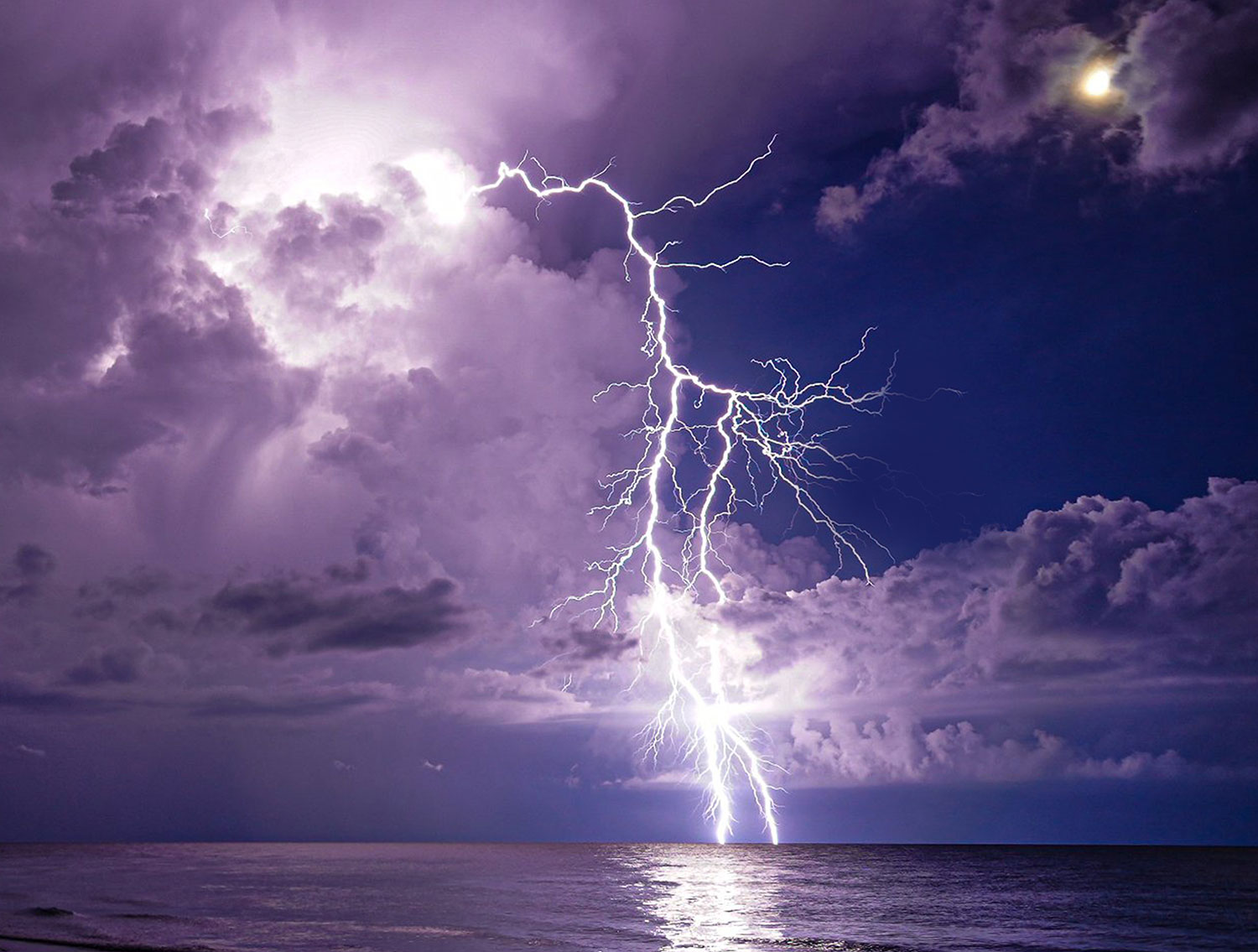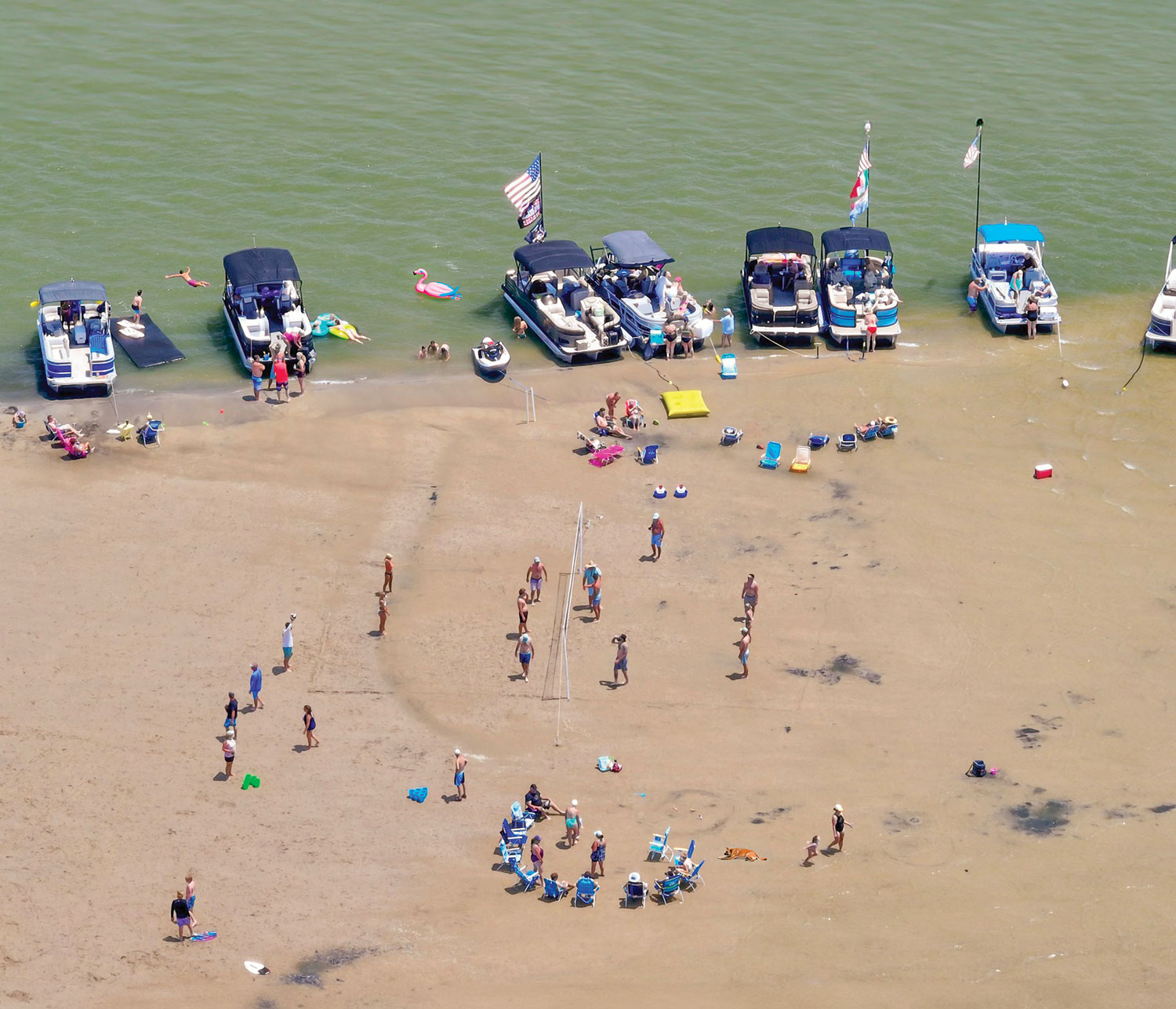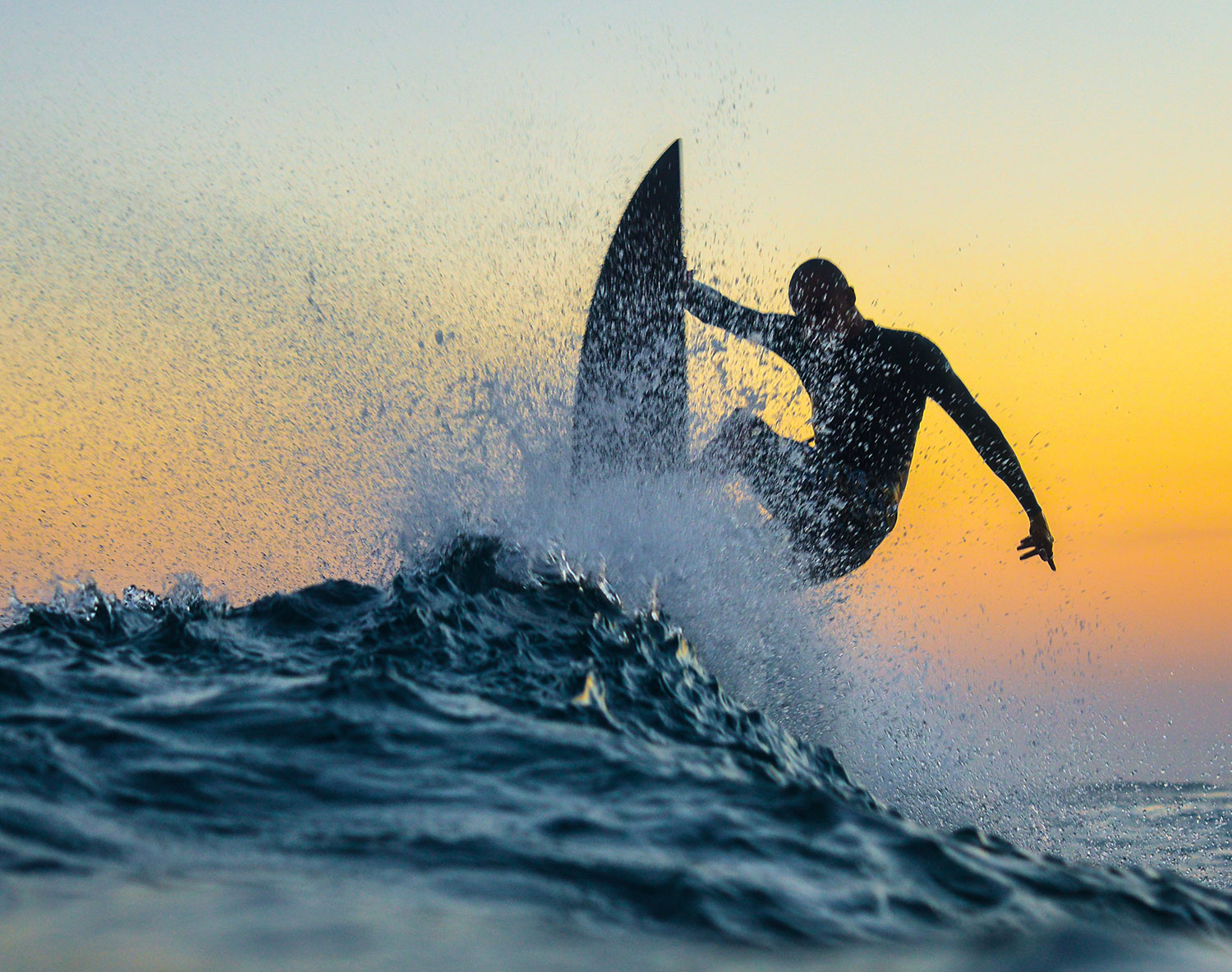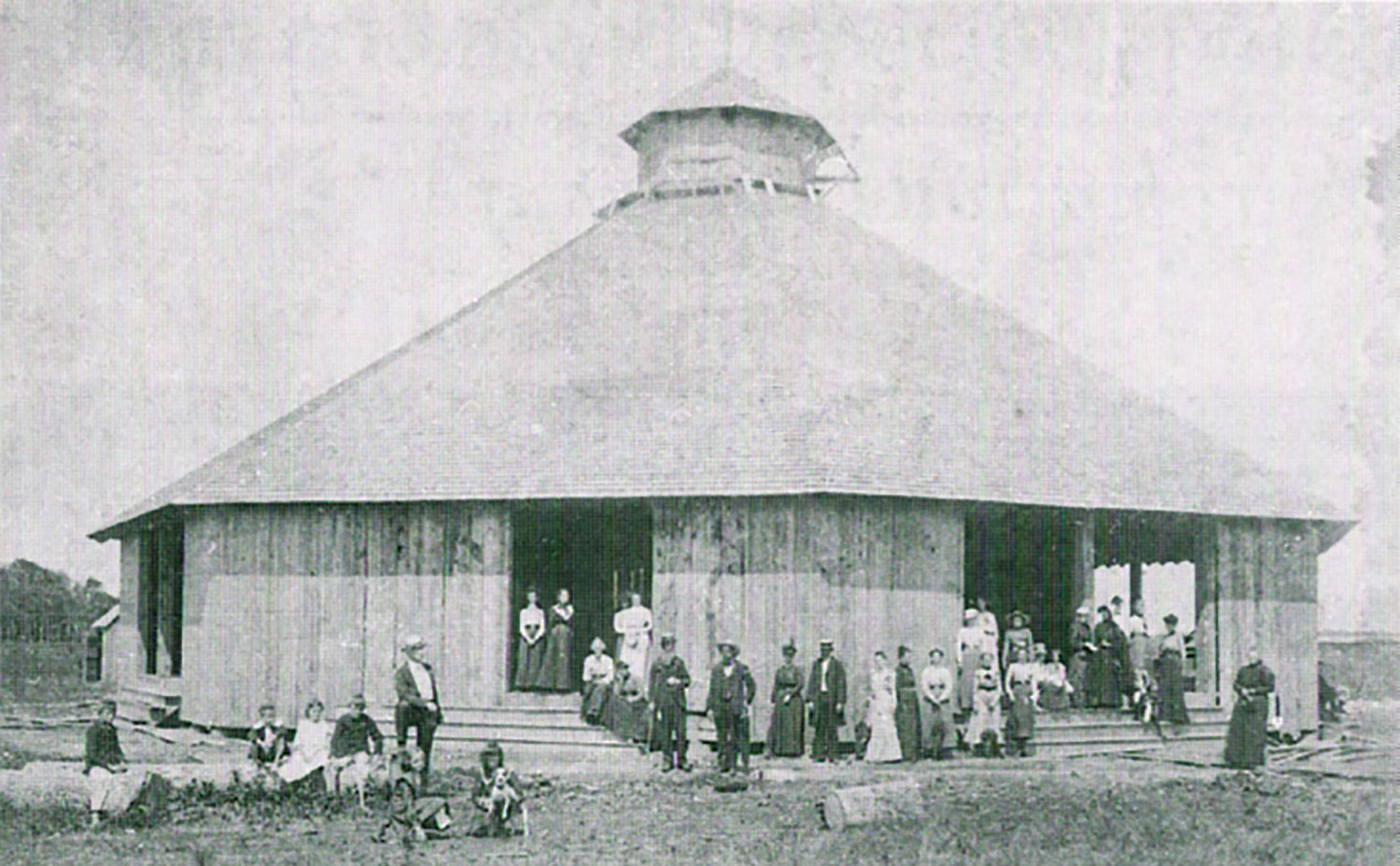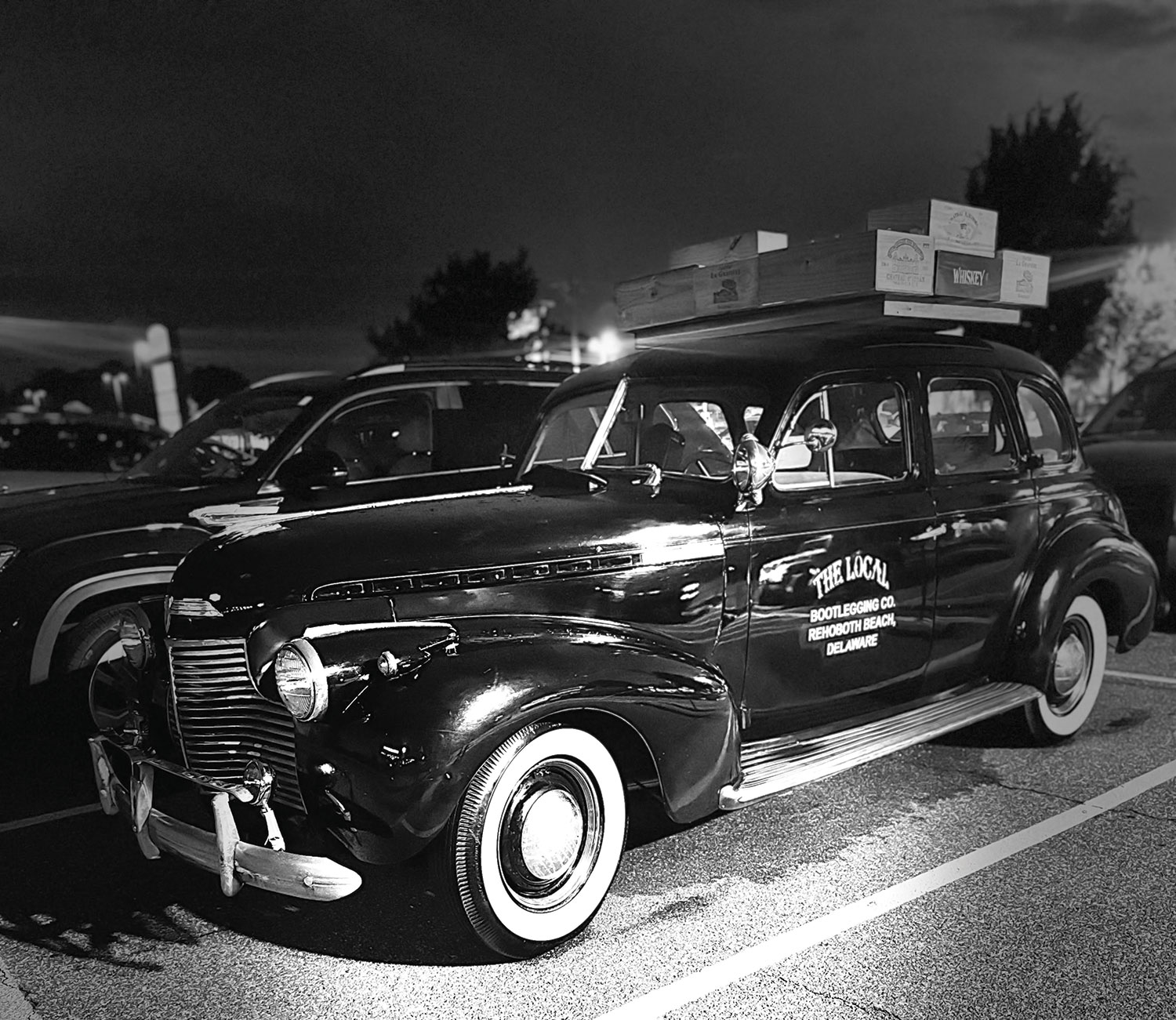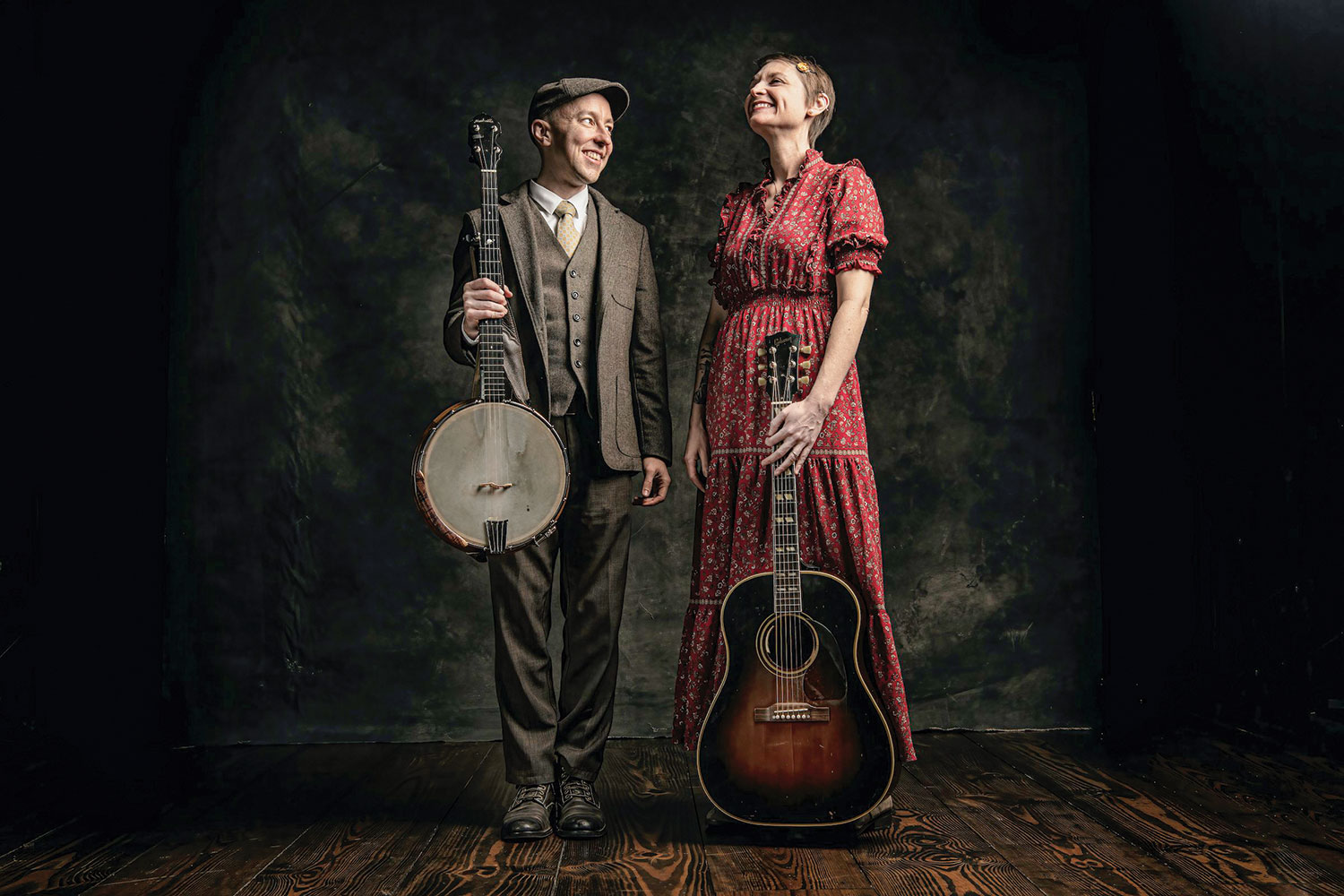A number of springtime rituals take place at our Delaware beaches each year: bonfires, spring break – even the start of parking season! But one event has been around for 445 million years: the spawning of thousands of Delaware Bay horseshoe crabs in May and June during the full and new moon cycles. This living fossil is a critical part of the ecological food web because their eggs are vital sources of food for crabs, fish, and shorebirds migrating from the south.
Armed with bug spray, a headlamp, and a clipboard, I head to Cape Henlopen State Park at the evening high tide to participate in the annual horseshoe crab spawning survey. Since 1990, local volunteers have collected data on spawning crabs to aid in the management of the horseshoe crab population.
The beach and surf spray are awash in a moonlit glow at the state park. My survey partner and I pace from one section of the beach to the other, placing a square frame made of PVC – called a quadrat – at specific distances on the beach to count the number of horseshoe crabs inside each frame. Spawning females are usually partially buried in the sand as they lay their eggs. The males are typically smaller, outnumber the females, and crowd them in hopes of fertilizing their eggs. We record the total number of females and males before the surf rushes in. We methodically move to the next sampling area and repeat our procedure.
An hour later, we finish documenting our section of the beach and submit our numbers to the volunteer coordinator. The shells of these ancient fossils carpet this moonlit stretch of sand, just as they did before our coastline was dotted with houses, jetties and bulkheads. I’m in awe of this fascinating display of nature and am ready to sign up to volunteer again next year.
Did you know?
• Horseshoe crab blood is blue.
• Horseshoe crabs swim upside-down with their bodies angled downward. They use their tail as a rudder to change direction.
• If you encounter a horseshoe crab on its back, gently grab the edge of its shell and flip it over where you found it. Never pick up a horseshoe crab by its tail.
• A protein in the blood of the horseshoe crab is used to test vaccines, drugs, and medical devices for bacterial contamination before they are used on patients.

